What is Postmodern Classicism?
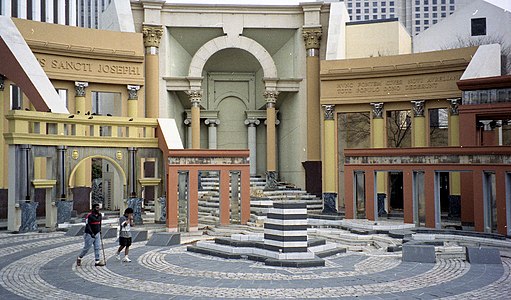
The Countercultural Turn and Postmodern Historicism emerged in the 1960s as a radical response to the perceived shortcomings of modernist architecture. This movement drew inspiration from the social upheavals and changing cultural values of the era, seeking to create a more eclectic, expressive, and contextually responsive built environment.
Cultural Context:
The rise of Postmodern Historicism coincided with the countercultural movements of the 1960s, which challenged established norms and hierarchies in various aspects of society, including architecture. The movement embraced a more pluralistic and inclusive approach to design, celebrating diversity, individuality, and historical continuity.
Technological Advances:
While Postmodern Historicism often employed traditional building materials and techniques, it also benefited from advances in construction technology that allowed for more complex and expressive forms. The use of new materials such as plastics, fiberglass, and high-strength concrete enabled architects to create more sculptural and unconventional designs.
Political Landscape:
The Countercultural Turn and Postmodern Historicism emerged in the context of the political and social upheavals of the 1960s, including the civil rights movement, anti-war protests, and the rise of feminism and environmentalism. The movement’s embrace of diversity, contextuality, and human-centered design reflected the broader push for social and political change.
Key Innovators:
Several influential architects and theorists shaped the Countercultural Turn and Postmodern Historicism, including:
Robert Venturi and Denise Scott Brown: Authors of the influential book “Learning from Las Vegas,” which celebrated the vernacular and symbolic aspects of architecture.
Charles Moore: American architect known for his eclectic, often whimsical designs that drew from various historical styles and regional traditions.
James Stirling: British architect whose work combined modernist principles with historical references and bold, geometric forms. Paolo
Portoghesi: Italian architect and theorist who promoted the concept of “postmodern classicism” and the revival of ornament and symbolism in architecture.
Related Architectural Styles:
The Countercultural Turn and Postmodern Historicism are closely related to and often overlap with other architectural movements that emerged in the postmodern era, including:
Postmodern Architecture:
A broader term encompassing various styles that rejected modernist principles and embraced eclecticism, ornament, and historical references.
Deconstructivism:
A style that sought to challenge traditional notions of form, structure, and meaning in architecture, often resulting in fragmented, disorienting, or unconventional designs.
Regionalism:
An approach that emphasizes the importance of local context, climate, and cultural traditions in architectural design, often incorporating vernacular elements and materials.
Decline and Legacy:
While the more exuberant and eclectic expressions of Postmodern Historicism began to fall out of favor by the 1990s, the movement’s impact on architectural theory and practice has been significant and lasting. The emphasis on context, diversity, and human experience that characterized the Countercultural Turn continues to influence contemporary architects and planners.
The legacy of Postmodern Historicism can be seen in the ongoing debate about the role of history, identity, and meaning in architecture, as well as in the growing recognition of the importance of community engagement and participatory design processes. As architects continue to grapple with the complex challenges of the 21st century, the lessons of the Countercultural Turn and Postmodern Historicism remain relevant and valuable.
Jungian Depth Psychology Analysis
Through the lens of Carl Jung’s analytical psychology, Postmodern Classicism can be interpreted as an expression of several archetypes:
- The Wise Old Man archetype is reflected in the return to classical wisdom and traditional architectural principles.
- The Trickster archetype manifests in the playful and sometimes ironic use of historical references.
- The Great Mother archetype is evident in the movement’s attempt to create nurturing, symbolically rich environments.
The revival of classical forms can be seen as an attempt to reconnect with the collective unconscious, tapping into deeply rooted cultural symbols and spatial archetypes. This reconnection aims to create a sense of continuity and meaning in architecture, addressing the perceived spiritual vacuum of modernist design.
Ego Perspective: Assertions and Insecurities
Postmodern Classicism asserts a belief in the enduring value of classical architectural principles and their relevance to contemporary society. It projects an image of cultural literacy, sophistication, and historical awareness.
However, the movement also reveals certain cultural insecurities. The return to historical styles could be seen as a reaction to anxieties about loss of identity and meaning in modernist architecture. The often eclectic and playful use of classical elements might reflect insecurities about the role of tradition in a rapidly changing world.
Lasting Influence, Critiscisms and Modern Context
Postmodern Classicism has had a significant impact on architectural practice and theory. While pure examples of the style are less common today, its influence can be seen in:
- The increased acceptance of historical references in contemporary architecture
- A renewed interest in the communicative and symbolic aspects of buildings
- Greater attention to local context and vernacular traditions in design
- The integration of classical proportions and elements in modern structures
However, the movement has also faced criticism. Some argue that its use of historical styles can be superficial or pastiche. Others contend that it can lead to a conservative, backward-looking approach to architecture.
In the modern context, many architects continue to engage with classical principles, but often in more subtle and integrated ways. The legacy of Postmodern Classicism has contributed to a more pluralistic architectural landscape, where multiple approaches and styles coexist.
As architecture grapples with contemporary challenges such as sustainability, social equity, and rapidly changing technologies, the principles of Postmodern Classicism are being re-evaluated and adapted. The movement’s emphasis on meaning, context, and human-scaled design continues to influence discussions about creating more livable and culturally resonant built environments.
Bibliography and Further Reading:
Frampton, K. (1983). Towards a Critical Regionalism: Six Points for an Architecture of Resistance. In H. Foster (Ed.), The Anti-Aesthetic: Essays on Postmodern Culture (pp. 16-30). Seattle: Bay Press.
Jencks, C. (1977). The Language of Post-Modern Architecture. New York: Rizzoli.
Klotz, H. (1988). The History of Postmodern Architecture (R. Donnell, Trans.). Cambridge, MA: MIT Press.
Portoghesi, P. (1983). Postmodern: The Architecture of the Post-Industrial Society. New York: Rizzoli.
Venturi, R., Scott Brown, D., & Izenour, S. (1972). Learning from Las Vegas. Cambridge, MA: MIT Press.
Read about the Psychology of Other Styles of Architecture
The Psychology of Architecture
The Psychology of Architecture

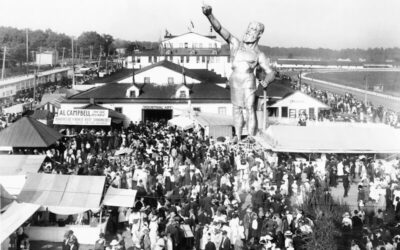
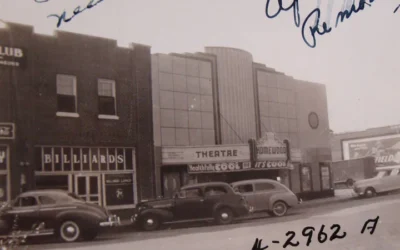
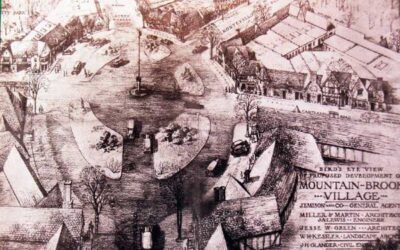
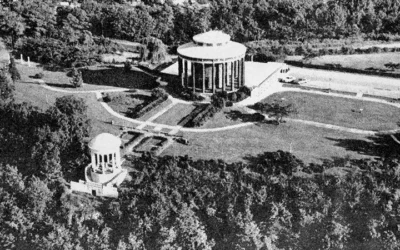


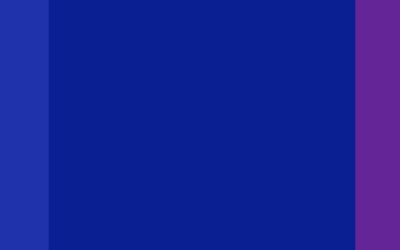
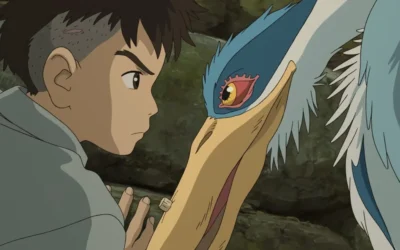











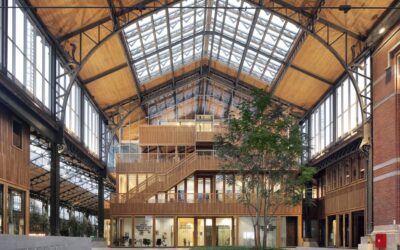
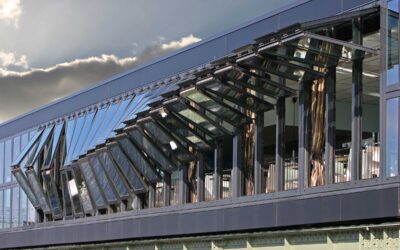

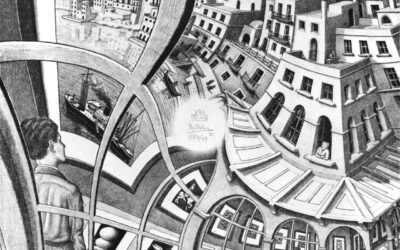

0 Comments